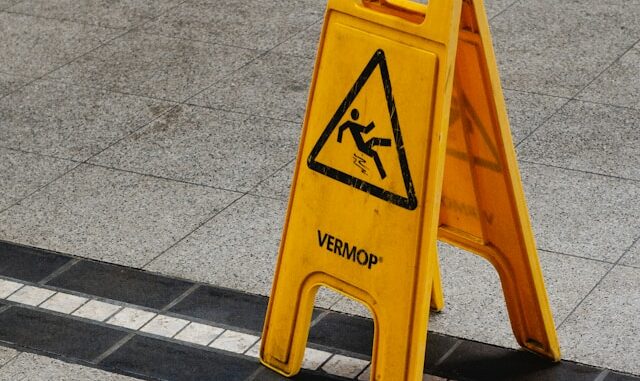
In the aftermath of a slip and fall accident in Ontario, victims often seek legal recourse through litigation to recover compensation for their injuries and losses. One of the initial steps in the litigation process is drafting a Statement of Claim, which outlines the victim’s allegations against the defendants, typically the property owner or municipality. Once the Statement of Claim is served, the defendants have the opportunity to respond with a Statement of Defence, presenting their version of events and defenses against the allegations.
The process of drafting a Statement of Claim involves gathering evidence, conducting legal research, and crafting a comprehensive document that outlines the facts of the case, the injuries sustained by the victim, and the legal basis for seeking compensation. This may include details of the hazardous condition that caused the slip and fall, the negligence of the property owner or municipality, and the extent of the victim’s injuries and losses.
Once the Statement of Claim is served on the defendants, they have a limited time to respond by filing a Statement of Defence. This document outlines the defendants’ position on the allegations made in the Statement of Claim and may include denials of liability, affirmative defenses, and counterclaims against the victim. The Statement of Defence sets the stage for the litigation process to proceed, including discovery, mediation, and potentially trial.
Navigating the litigation process for a slip and fall accident in Ontario requires careful attention to detail, thorough preparation, and strategic legal representation. By understanding the steps involved in drafting a Statement of Claim and responding with a Statement of Defence, slip and fall accident victims can take proactive steps to protect their rights and pursue fair compensation for their injuries and losses.



